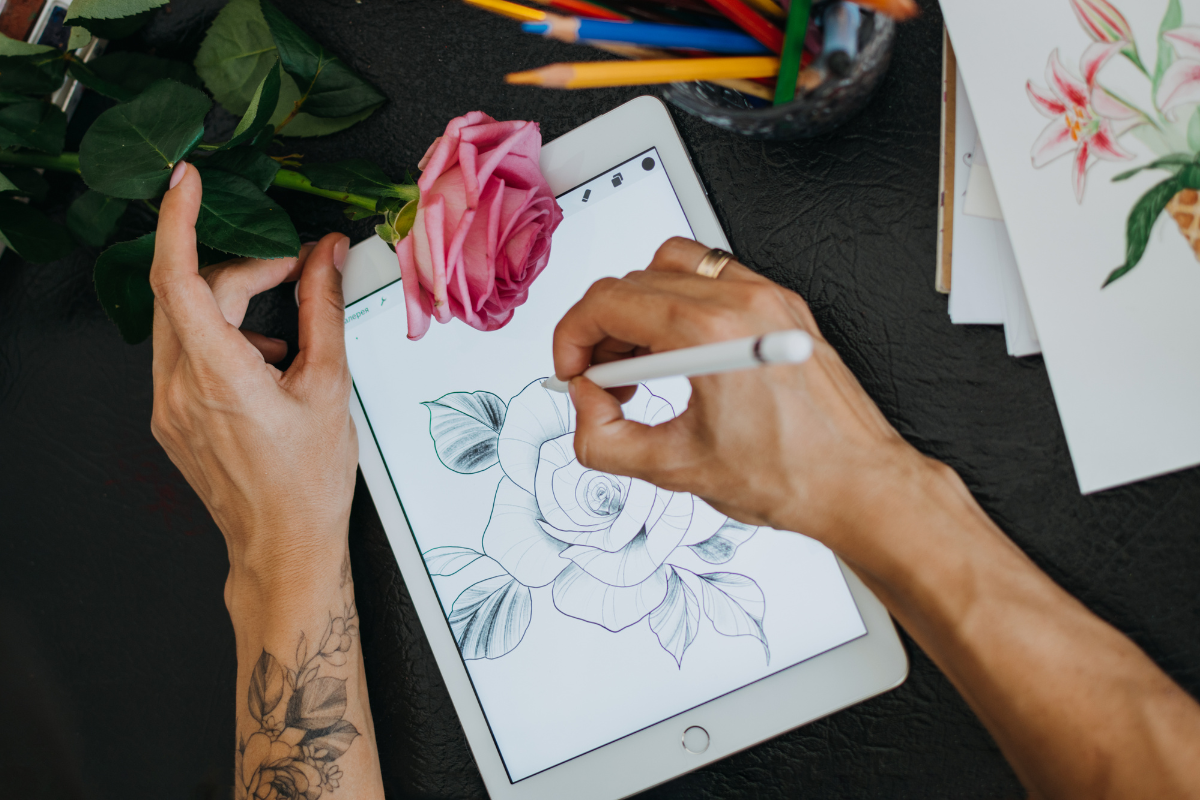In 2025, Singapore’s digital art scene is undergoing a dynamic transformation, driven by innovation, cultural fusion, and cutting-edge technology. As the city-state strengthens its reputation as a global creative hub, local artists are embracing immersive mediums such as augmented reality, AI-generated art, and interactive installations. These works go beyond aesthetics, exploring themes of identity, sustainability, and heritage through digital storytelling. Blending traditional art forms with modern tools, Singaporean creators are reimagining the boundaries of artistic expression. This article highlights the most compelling digital art styles set to shape Singapore’s artistic future, showcasing the technologies, cultural influences, and standout artists leading the charge.
Immersive & Interactive Art: Redefining Viewer Experience
One of the most exciting developments in 2025 is the rise of immersive and interactive digital art, powered by augmented reality (AR), virtual reality (VR), and spatial computing technologies. Art is no longer something to simply observe—it’s an experience to step into, touch, and co-create.
At the forefront of this trend is ArtScience Museum’s “Future World” exhibition, which continues to push boundaries with new AR installations that respond to human motion and biometric data. Meanwhile, local collective MeshMinds collaborates with artists to create AR experiences that raise awareness about climate change and heritage preservation.
The growing popularity of interactive art is fuelled by Singapore’s advanced tech infrastructure and supportive institutions. Initiatives such as the IMDA’s PIXEL innovation space have enabled artists to experiment with XR technologies, bridging the gap between art and audience.
AI-Powered Art: The Rise of Generative Creativity
Artificial Intelligence (AI) is no longer a behind-the-scenes tool—it’s now an active collaborator in the creation process. Singaporean digital artists are increasingly exploring generative art, where algorithms and machine learning models produce endlessly unique artworks.
Artist Isaac Liang, known for his work blending AI-generated visuals with local dialects and soundscapes, exemplifies how machine creativity can echo cultural memory. His recent exhibition “Neural Strokes” at the National Gallery Singapore showcased a series of generative portraits reinterpreting Peranakan aesthetics through AI.
AI is also being used for ideation, animation, and even music composition. As AI art tools become more accessible, expect a broader pool of creators—including those from non-traditional artistic backgrounds—to explore this hybrid creative model.
NFTs Evolving Beyond Ownership
While the hype around Non-Fungible Tokens (NFTs) has cooled globally, in Singapore, NFTs are evolving into more mature, utility-based formats. Rather than serving solely as digital ownership certificates, NFTs in 2025 are being utilised for fractional ownership, community engagement, and unlocking exclusive art experiences.
Local platform Mintable, co-founded in Singapore, is pioneering NFT use cases that go beyond speculation. Artists like Clara Peh, who curates NFT exhibitions and consults for Web3 collectives, are helping establish a more stable NFT art ecosystem focused on value, authenticity, and long-term community building.
Furthermore, with Singapore’s strong regulatory clarity around digital assets, the country remains a favourable base for NFT innovation. Artists are leveraging smart contracts to manage royalties, ensuring creators benefit from future resales.
Learn more about how Singapore supports NFT innovation: Monetary Authority of Singapore – FinTech Initiatives
Cultural Identity Through a Digital Lens
Singapore’s multicultural identity provides a rich foundation for digital storytelling. In 2025, more artists are weaving traditional motifs, languages, and histories into digital formats, preserving heritage while reimagining it.
For instance, Debbie Ding, a prominent digital artist and technologist, uses data visualisation and 3D rendering to map forgotten spaces in Singapore, including old MRT lines and lost kampongs. Her work exemplifies how digital art can explore collective memory and urban change.
This fusion of old and new is particularly apparent in digital batik animations, interactive Chinese calligraphy pieces, and AR reimaginings of Malay folktales. Through these mediums, younger Singaporeans are rediscovering their roots in a digital-first context.
Sustainability and Conscious Creation
As environmental concerns grow, a new generation of Singaporean artists is adopting eco-conscious digital art practices. From optimising file sizes to using renewable-powered rendering farms, creators are rethinking how to reduce the carbon footprint of digital creation.
Collective Greenwave Artists is gaining recognition for promoting “slow art” in the digital space—pieces that are intentionally minimal, data-light, and conceptually linked to sustainability. Their latest showcase, Digital Earth, combined motion graphics with real-time climate data from ASEAN countries to highlight rising temperatures.
Singapore’s push toward becoming a smart and green city has created fertile ground for such innovation. Institutions like the National Arts Council are also beginning to prioritise sustainability in grant evaluations and public commissions.
Motion Graphics & Visual Storytelling
Dynamic visual storytelling continues to gain traction, especially as social media platforms reward short-form video content. Motion graphics in Singapore are moving beyond commercial applications into the realm of fine art.
Take Shavonne Wong, a local fashion photographer turned 3D artist, whose animated avatars and narrative-driven loops have been featured in both galleries and NFT marketplaces. Her digital works often explore themes of identity, femininity, and diaspora in an increasingly globalised world.
Motion graphic art is also increasingly appearing in public spaces through urban projection mapping projects, often commissioned during national festivals or city-wide celebrations like i Light Singapore.
Blurring Physical and Digital Boundaries
Hybrid art installations—where physical structures meet digital overlays—are creating multi-sensory environments that challenge the notion of what art is and where it lives.
This “phygital” trend is evident in projects like “Singapore Reimagined,” an immersive cityscape installation combining real architectural models with real-time projection mapping and soundscapes. Developed in collaboration with local urban designers and artists, the work transforms a physical gallery into a digital-tactile journey through future Singapore.
With the development of 5G and edge computing, these real-time interactive installations are becoming more seamless, offering near-instant feedback between viewer and artwork.
Digital Artists to Watch in 2025
- Isaac Liang – AI-generated cultural interpretations
- Debbie Ding – Data art, digital heritage, and geolocation narratives
- Shavonne Wong – 3D avatars and fashion-inspired digital art
- Tan Zixi – Augmented reality narratives rooted in folklore
- Sarah Choo Jing – Cinematic digital installations exploring isolation and intimacy
These creators represent a diverse spectrum of styles and technologies, yet share a common drive to push boundaries and redefine the future of art in Singapore.
For more on Singapore’s digital art scene and upcoming events, visit: National Arts Council Singapore – Digital Arts
Looking Beyond 2025

Singapore’s digital art scene is poised to evolve rapidly over the next decade. With continued government support, increasing access to advanced technologies, and a culturally rich foundation, the country is likely to become a key player in the global digital art ecosystem.
We can anticipate further convergence of biotech, neuroscience, and digital interfaces to create even more immersive art. Additionally, global collaborations and AI-human partnerships will likely define the next wave of artistic experimentation.
Conclusion
Singapore’s digital art revolution in 2025 is a reflection of the city-state itself—innovative, multicultural, and future-focused. From AI and NFTs to interactive storytelling and sustainability, the trends shaping this landscape are as diverse as the artists driving them.
Whether you are an art enthusiast, a collector, or a creator, now is an exciting time to engage with Singapore’s digital art scene. The intersection of technology, tradition, and imagination is not only redefining what art can be—it’s shaping how we experience the world around us.




